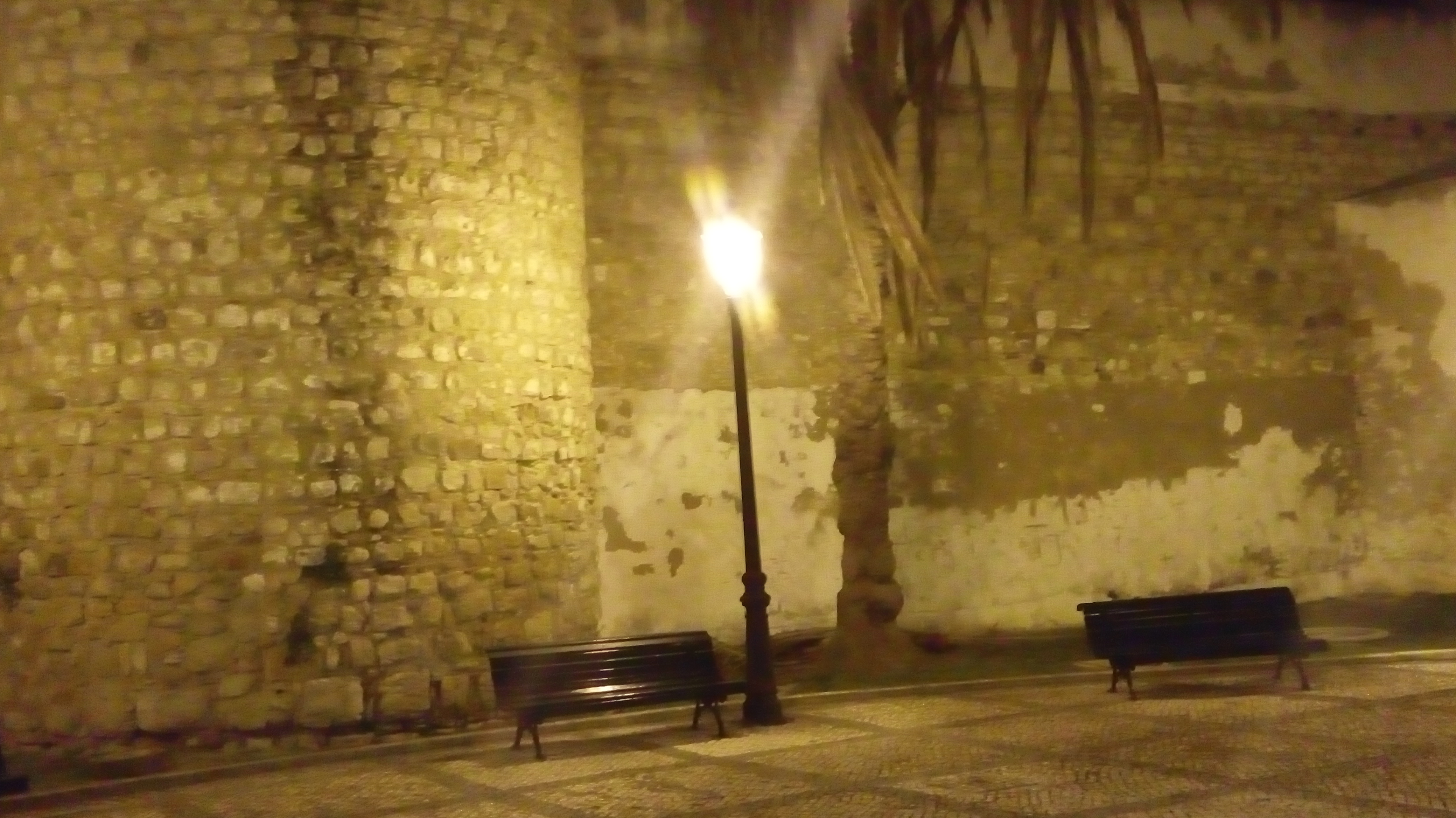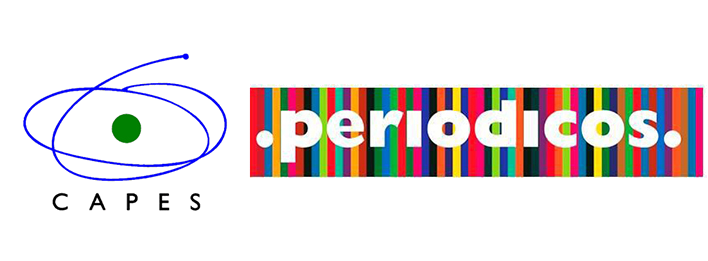Generation Z and technologies on museums – Its influence on perceptions about Quality, Arousal and E-WOM Intentions
DOI:
https://doi.org/10.29149/mtr.v5i2.5766Palavras-chave:
tecnologias para museus, satisfação, experiência, boca a bocaResumo
Os museus são instituições educacionais que nutrem e mantêm o patrimônio cultural da humanidade, desempenhando papéis vitais no desenvolvimento econômico, atraindo turistas locais e estrangeiros. No entanto, o futuro dos museus como destino pode ser significativamente afetado por novas tecnologias. Isso é particularmente relevante, considerando a educação e as expectativas da Geração Z. De fato, sua satisfação pode resultar em recomendações da E-WOM, aumentando a visitação. Os museus podem aumentar a percepção da qualidade, a excitação e a intenção de recomendação, aumentando o uso da TI, o que pode mudar a experiência do visitante. Testamos o relacionamento entre as intenções de recomendar, a excitação e a percepção de qualidade com a tecnologia usada. Os resultados mostram uma forte correlação entre percepções de qualidade e excitação (0,68) e entre excitação e intenção de E-WOM (0,87) quando um nível mais alto de uso de TI foi apresentado. Apesar dos níveis de tecnologia permitirem uma carga emocional mais alta e maiores intenções de recomendação do e-WOM, os problemas operacionais continuam sendo importantes. Em vez de apenas aumentar os gastos em tecnologia, é necessário se concentrar em treinamento e organização interna. Além disso, as tecnologias podem ajudar não apenas a tornar o conteúdo mais atraente, mas também mais compreensível.
Referências
Berger, J. (2011) Arousal increases social transmission of information. Psychological Science, 22 (7), 891-893. http://doi.org/10.1177/0956797611413294
Berger, J. & Milkman, K. (2012) What makes online content viral? Journal of Marketing Research, 49 (April), 192–205. https://doi.org/10.1509/jmr.10.0353
Bonacchi, C. (2017) Museum websites & social media. Issues of participation, sustainability, trust and diversity. International Journal of Heritage Studies, 23 (3), 291-292. https://doi.org/10.1080/13527258.2016.1232301
Botha, E. & Reyneke, M. (2013) To share or not to share: The role of content and emotion in viral marketing, Journal of Public Affairs, 13(2), 160-171. http://dx.doi.org/10.1002/pa.1471
Bolin, G. & Westlund, O. (2009) Mobile generations – The role of mobile technology in the shaping of Swedish media generations. International Journal of Communication, 3, 108 – 124.
Brida, J., Meleddu, M. & Pulina, M. (2012) Factors influencing the intention to revisit a cultural attraction – The case of the Museums of Modern and Contemporary Art in Rovereto. Journal of Cultural Heritage, 13 (2), 167 – 174.
Bruyn, A. D. & Lilien, G. L. (2008) A multi-stage model of word-of-mouth influence through viral marketing. International Journal of Research in Marketing, 25, 151-163. http://dx.doi.org/10.1016/j.ijresmar.2008.03.004
Burton, C., Louviere, J. & Young, L. (2009) Retaining the visitor, enhancing the experience: Identifying attributes of choice in repeat museum visitation. International Journal of Nonprofit and Voluntary Sector Marketing, 14, 21-34. http://dx.doi.org/10.1002/nvsm.351
Camarero, C., Garrido, M. J. & San José, R. (2016) Efficiency of web communication strategies: The case of art museums. International Journal of Arts Management, 18 (2), 42-62. https://www.gestiondesarts.com/en/efficiency-of-web-communication-strategies-the-case-of-art-museums-pdf
Carrasco-Santos, M. J. & Padilla-Meléndez, A. (2016) The role of satisfaction in cultural activities’ word-of-mouth - A case study in the Picasso Museum of Málaga (Spain). Tourism & Management Studies, 12 (1), 145-152. http://dx.doi.org/10.18089/tms.2016.12115
Carrier, L., Cheever, N., Rosen, L., Benitez, S. & Chang, J. (2009) Multitasking across generations: Multitasking choices and difficulty ratings in three generations of Americans. Computers in Human Behavior, 25 (2), 483-489.
Charitonos, K., Blake, C., Scanlon, E. & Jones, A. (2012) Museum learning via social and mobile technologies: (How) can online interactions enhance the visitor experience? British Journal of Educational Technology. 43 (5), 802-819. http://dx.doi.org/10.1111/j.1467-8535.2012.01360.x
Christal, M.; Roy, L.& Cherian, A. (2004) Stories told: Tribal communities and the development of virtual museums. Journal of Internet Cataloging. 7 (1), 65-88. http://dx.doi.org/10.1300/J141v07n01_05
Christensen, H. D. (2017) The art of copying: Five strategies for transforming originals in the art museum. Culture Unbound: Journal of Current Cultural Research, 9 (1), 85-107. http://dx.doi.org/10.3384/cu.2000.1525.179185
Chung, J., Park, N., Wang, H., Fulk, J. & Mclaughlin, M. (2010) Age differences in perceptions of online community participation among non-users: An extension of the Technology Acceptance Model. Computers in Human Behavior, 26 (6), 1674-1684.
Claes, F. & Deltell, L. (2014) Museos sociales - Perfiles museísticos en Twitter y Facebook 2012-2013. El profesional de la información, 23 (6), 594-602. https://doi.org/10.3145/epi.2014.nov.06
Derbaix, M. & Gombault, A. (2016) Selling the invisible to create an authentic experience: Imagination at work at Cézanne’s studio. Journal of Marketing Management. 32 (15-16), 1458-1477. https://doi.org/10.1080/0267257X.2016.1199588
Dossin, L. & Riphagen, M. (2017) O workflow da publicação híbrida. In P. Gobira & T. Muccelli (Eds.), Configurações do pós-digital, 266 - 276. Belo Horizonte: edUEMG. http://labfront.weebly.com/livro-pos-digital.html
Fraga, T. (2017) Mindflutuations: Cenários alternativos em BCI (Brain Computer Interaction). In P. Gobira & T. Muccelli (Eds.), Configurações do pós-digital, 100-112. Belo Horizonte: edUEMG. http://labfront.weebly.com/livro-pos-digital.html
Frey, B. (1998) Super museums: An economic analysis. Journal of Cultural Economics, 22 (2-3), 113-125.
Frochot, I. & Hugues, H. (2000) HISTOQUAL: The development of a historic houses assessment scale. Tourism Management, 21 (2), 157 - 167. https://doi.org/10.1016/S0261-5177(99)00045-X
Geismar, H. & Mohns, W. (2011) Social relationships and digital relationships: Rethinking the database at the Vanuatu Cultural Centre. Journal of the Royal Anthropological Institute. 17, 133-155. http://dx.doi.org/10.1111/j.1467-9655.2011.01693.x
Gomide, J. (2017) Tendências e aplicações da realidade aumentada. In Gobira, P. & Muccelli, T. (Ed.) Configurações do pós-digital, 125-142. Belo Horizonte: edUEMG. http://labfront.weebly.com/livro-pos-digital.html
Gosling, M., Coelho, M. & Resende, M. (2014) Qualidade percebida e intenções comportamentais de visitantes de museus: Uma proposta de modelo. Revista turismo: Visão e ação, 16 (3). doi: 10.14210/rtva.v16n3.p656-689
Hausmann, A. (2012) The importance of word of mouth for museums: An analytical framework. International Journal of Arts Management, 14 (3), 32-43. https://www.gestiondesarts.com/en/the-importance-of-word-of-mouth-for-museums-an-analytical-framework/
Helsper, E. & Eynon, R. (2010) Digital natives – Where is the evidence? British Educational Research Journal, 36 (3), 2010.
Ibram: Portal do Instituto Brasileiro de Museus (2011). Museus em números. Instituto Brasileiro de Museus. Retrieved from http://www.museus.gov.br/museus-em-numeros/
Issa, T. & Isaias, P. (2016) Internet factors influencing generations Y and Z in Australia and Portugal: A practical study. Information Processing & Management, 52 (4), 592-617. https://doi.org/10.1016/j.ipm.2015.12.006
Jacobsen, W. C. & Forste, R. (2011) The wired generation: Academic and social outcomes of electronic media use among university students. Cyberpsychology, Behavior, and Social Networking, 14 (5), 275-280.
Kamal, M. & Pramanik, S. A. (2015) Identifying factors influencing visitors to visit museums in Bangladesh and setting marketing strategies for museums. IOSR Journal of Business and Management (IOSR-JBM), 17 (10), 85-92. doi:10.9790/487X-171028592
Kim, J., Ritchie, B. & Mccormick, B. (2012) Development of a scale to measure memorable tourism experiences. Journal of Travel Research, 51 (12). https://doi.org/10.1177%2F0047287510385467
Kotler, N., Kotler, P. & Kotler, W. (2008) Museum marketing and strategy: Designing missions, building audiences, generating revenue and resources. San Francisco, CA: Jossey-Bass.
Larkin, B. & Fink, J. (2016) Fantasy Sport, FoMO, and Traditional Fandom: How Second-Screen Use of Social Media Allows Fans to Accommodate Multiple Identities. Journal of Sport Management, 30 (6), 643 – 655.
Lazzeretti, L. & Capone, F. (2015) Museums as societal engines for urban renewal[:] The event strategy of the Museum of Natural History in Florence. European Planning Studies, 23 (8), 1548-1567. https://doi.org/10.1080/09654313.2013.819073
Lovelock, C. & Wirtz, J. (2011) Services marketing: People, technology, strategy (7th ed.). Pearson: Prentice Hall.
Mastrodicasa, J. & Metellus, P. (2013) The impact of social media on college students. Journal of College & Character, 14 (1).
Mccarthy, J. & Ciolfi, L. (2008) Place as dialogue: Understanding and supporting the museum experience. International Journal of Heritage Studies, 14 (3), 247-267. https://doi.org/10.1080/13527250801953736
Ooi, C. S. (2003) Identities, museums and tourism in Singapore: Think regionally, act locally. Indonesia & the Malay World. 31 (89), 80. https://doi.org/10.1080/13639810304445
Parasuraman, A., Zeithaml, V. & Berry, L. (1988) SERVQUAL: A multiple-item scale for measuring consumer perceptions of service quality. Journal of retailing, 64 (1).
Plaza, B. (2000) Evaluating the Influence of a Large Cultural Artifact in the Attraction of Tourism - The Guggenheim Museum Bilbao Case. Urban Affairs Review, 36 (2).
Pierroux, P.; Krange, I. & Sem, I. (2011) Bridging contexts and interpretations: Mobile blogging on art museum field trips. MedieKultur – Journal of media and communication research, 50, 30 - 47. http://dx.doi.org/10.7146/mediekultur.v27i50.2997
Priporas, C.V., Stylos, N. & Fotiadis, A. K. (2017) Generation Z consumers’ expectations of interactions in smart retailing: A future agenda. Computers in Human Behavior, 77, 374 -381. https://doi.org/10.1016/j.chb.2017.01.058
Richani, E. (2016) Strategic marketing in museum management - An indicative marketing plan for the Byzantine and Christian Museum based on secondary analysis. Dissertation. Ionian University. https://doi.org/10.13140/RG.2.2.16581.04326
Runcan, R. (2015) Facebookmania – The psychical addiction to Facebook and its incidence on the Z Generation. Revista de Asistenta Social [Social Work Review], 14 (3), 127 - 136.
Russo, A., Watkins, J., Kelly, L. & Chan, S. (2007) Social media and cultural interactive experiences in museums. Nordisk Museologi, 1, 19-29.
Russo, A., Watkins, J. & Groundwater-Smith, S. (2009) The impact of social media on informal learning in museums. Educational Media International. 46 (2), 153-166. https://dx.doi.org/10.1080/09523980902933532
Ryder, N. B. (1965) The cohort as a concept in the study of social change. American Sociological Review, 30 (6), 843 - 861. http://dx.doi.org/10.2307/2090964
Samodra, A. & Mariani, M. (2012) Determinants of intention to use social networking media among Generation Z in Indonesia. Annual International Conference on Computer Science Education: Innovation & Technology. doi:10.5176/2251-2195_CSEIT12.28
Smith, J. & Clurman, A. (1997) Rocking the ages. New York: HarperBusiness.
Srinavasan, R.; Boast, R.; Becvar, K. M. & Furner, J. (2009) Blobgects: Digital museum catalogs and diverse user communities. Journal of the American Society for Information Science & Technology, 60 (4), 666-678. http://doi.org/10.1002/asi.21027
Strauss, W.& Howe, N. (1991) Generations. New York: Quill William Morrow.
Suzić, B.; Karlíček, M. & Stříteský, V. (2016) Adoption of social media for public relations and museums. Central European Business Review, 5 (2), 5 - 16. https://doi.org/10.18267/j.cebr.148
Swiss, T. & Hanna, J. (2004) New media poetry, institutional support, and art museums. New Media & Society. 6 (1), 82-86, 2004. https://doi.org/10.1177/1461444804039916
Tallon, L. & Walker, K. (2008). Digital technologies and the museum experience: Handheld guides and other media. Lanham, US: AltaMira Press. ISBN: 978-0759111219.
Turner, A. (2015) Generation Z: Technology and social interest. Journal of Individual Psychology. 71 (2), 103-113, 2015. https://doi.org/10.1353/jip.2015.0021
Vavoula, G.; Sharples, M.; Rudman, P.; Meek, J. & Lonsdale, P. (2009) Myartspace: Design and evaluation of support for learning with multimedia phones between classrooms and museums. Computers & Education, 53, 286 - 299. https://doi.org/10.1016/j.compedu.2009.02.007
Vrana, V.; Kydros, D.; Kehris, E.; Theocharidis, G. & Kavavaridis, E. (2019) Top Museums on Instagram: A Network Analysis. International Journal of Computational Methods in Heritage Science, 3 (2), 2019.
Downloads
Publicado
Como Citar
Edição
Seção
Licença
Copyright (c) 2020 wilian r. feitosa, Robson Barbosa

Este trabalho está licenciado sob uma licença Creative Commons Attribution-NonCommercial 4.0 International License.
Autores que publicam nesta revista concordam com os seguintes termos:
- Autores mantém os direitos autorais e concedem à revista, sem ônus para a mesma, o direito de primeira publicação, com o trabalho simultaneamente licenciado sob a Licença Creative Commons Attribution que permite o compartilhamento do trabalho com reconhecimento da autoria e publicação inicial nesta revista
- Autores têm autorização para assumir contratos adicionais separadamente, para distribuição não-exclusiva da versão do trabalho publicada nesta revista (ex.: publicar em repositório institucional ou como capítulo de livro), com reconhecimento de autoria e publicação inicial nesta revista.
- Autores assumem exclusiva responsabilidade pelas suas opiniões emitidas nos trabalhos publicados nesta revista
















